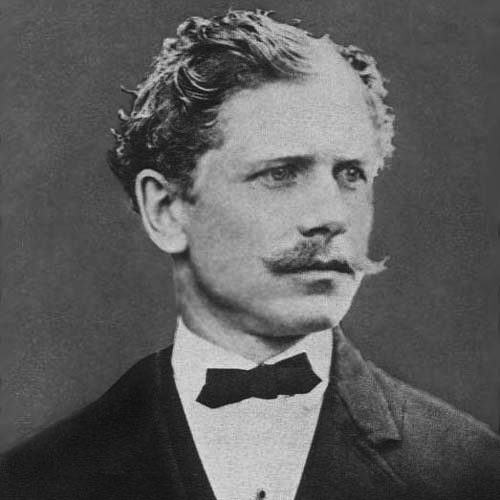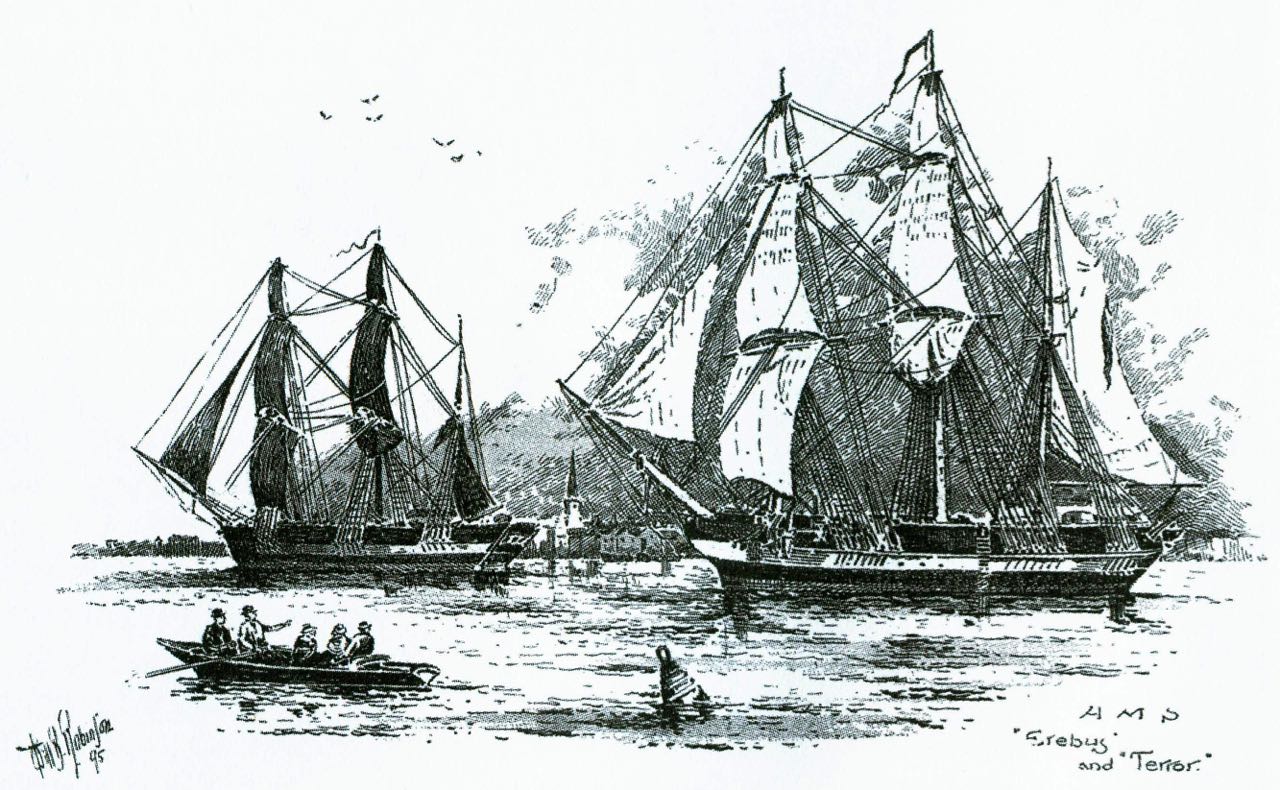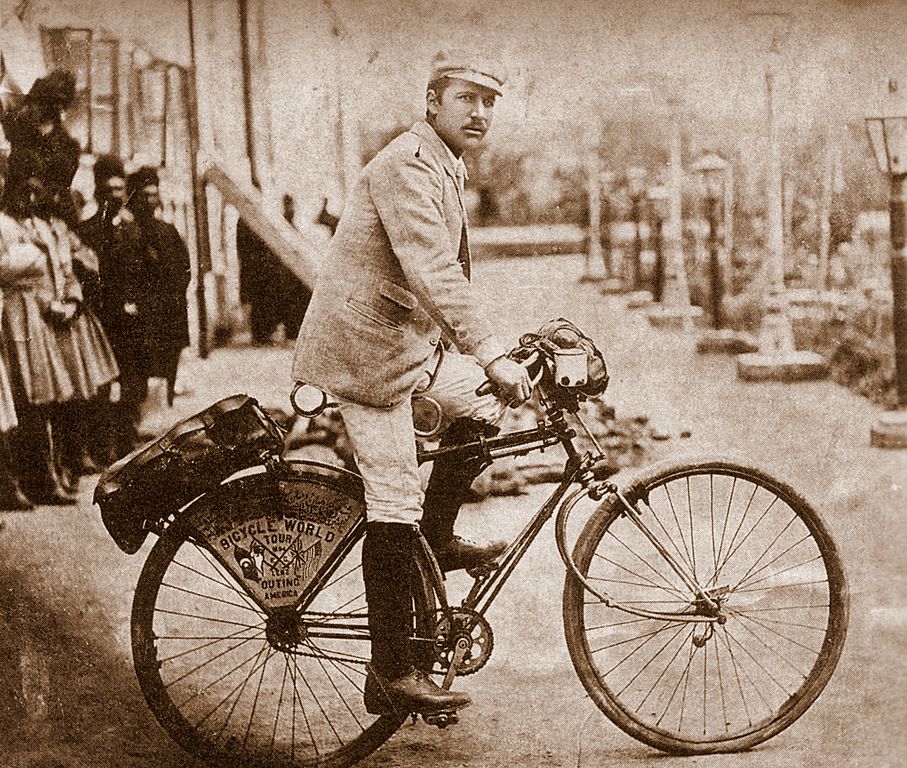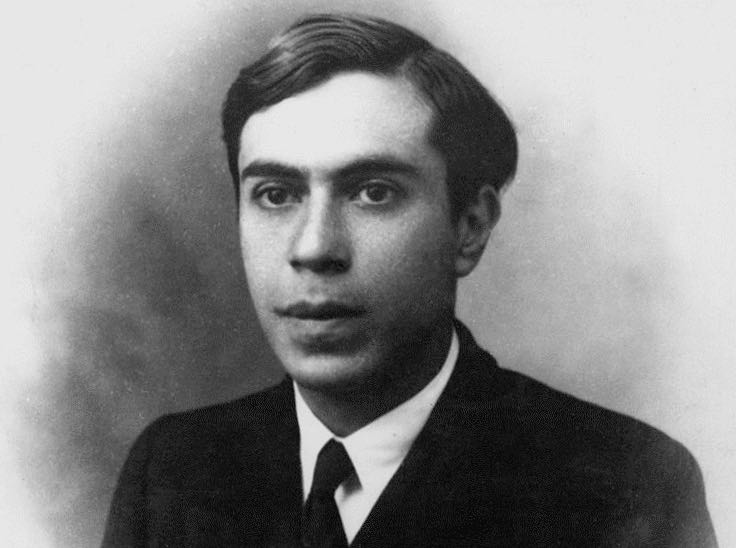YOU’VE ALREADY HEARD OF THE mystery of Amelia Earhart: the trailblazing golden-age pilot who mysteriously disappeared in 1937 during a circumnavigation of the globe. But Earhart is hardly the only traveler to have set out on a journey only to have vanished into thin air. Here are 5 other travelers who went out exploring — and never came back.
1. Ambrose Bierce

Source: Wikipedia Commons
Ambrose Bierce was an all-around badass. The author basically invented the twist ending with his classic short story An Occurrence at Owl Creek Bridge, he inspired generations of horror writers with his creepy stories like An Inhabitant of Carcosa, and he became one of the world’s most eloquent misanthropes, writing the classic Devil’s Dictionary, and going by the motto, “Nothing matters.”




